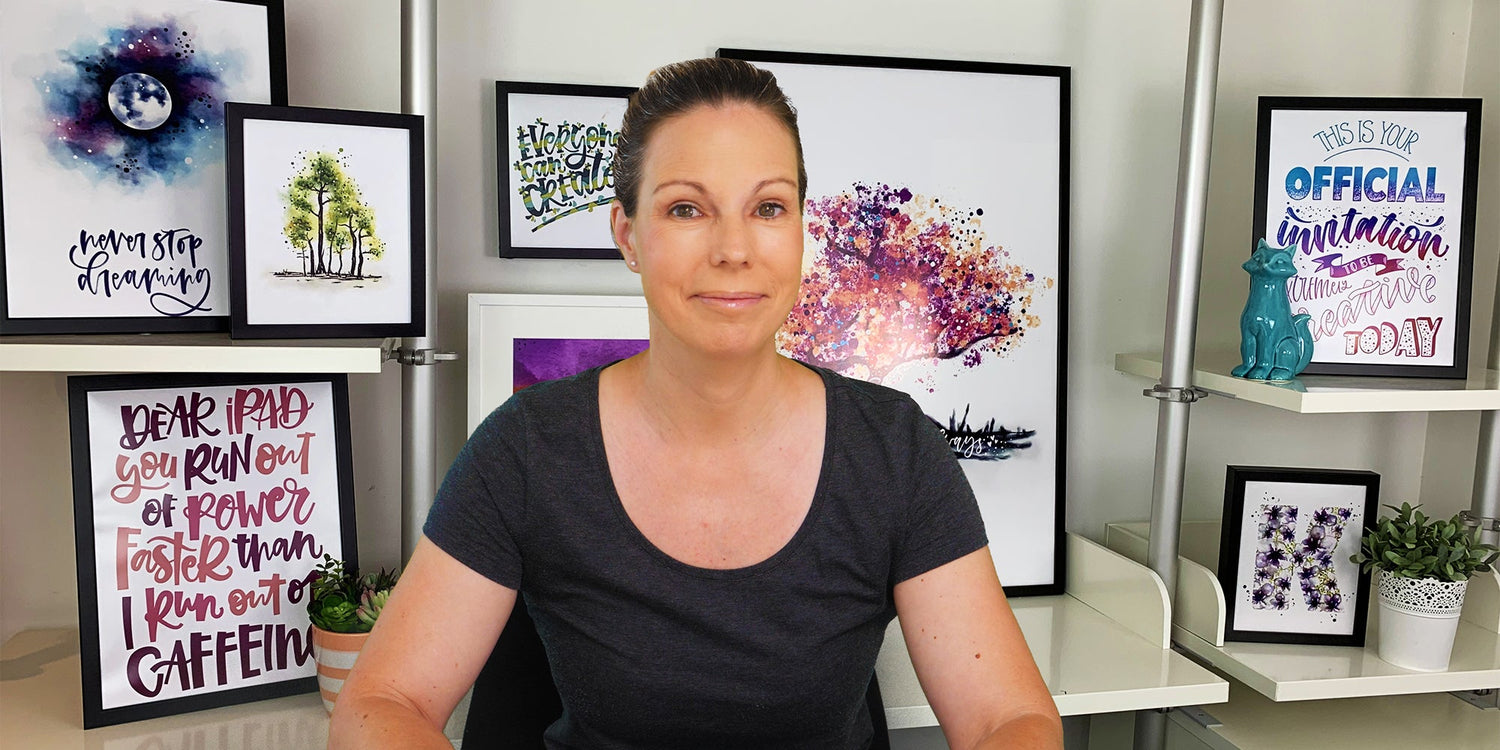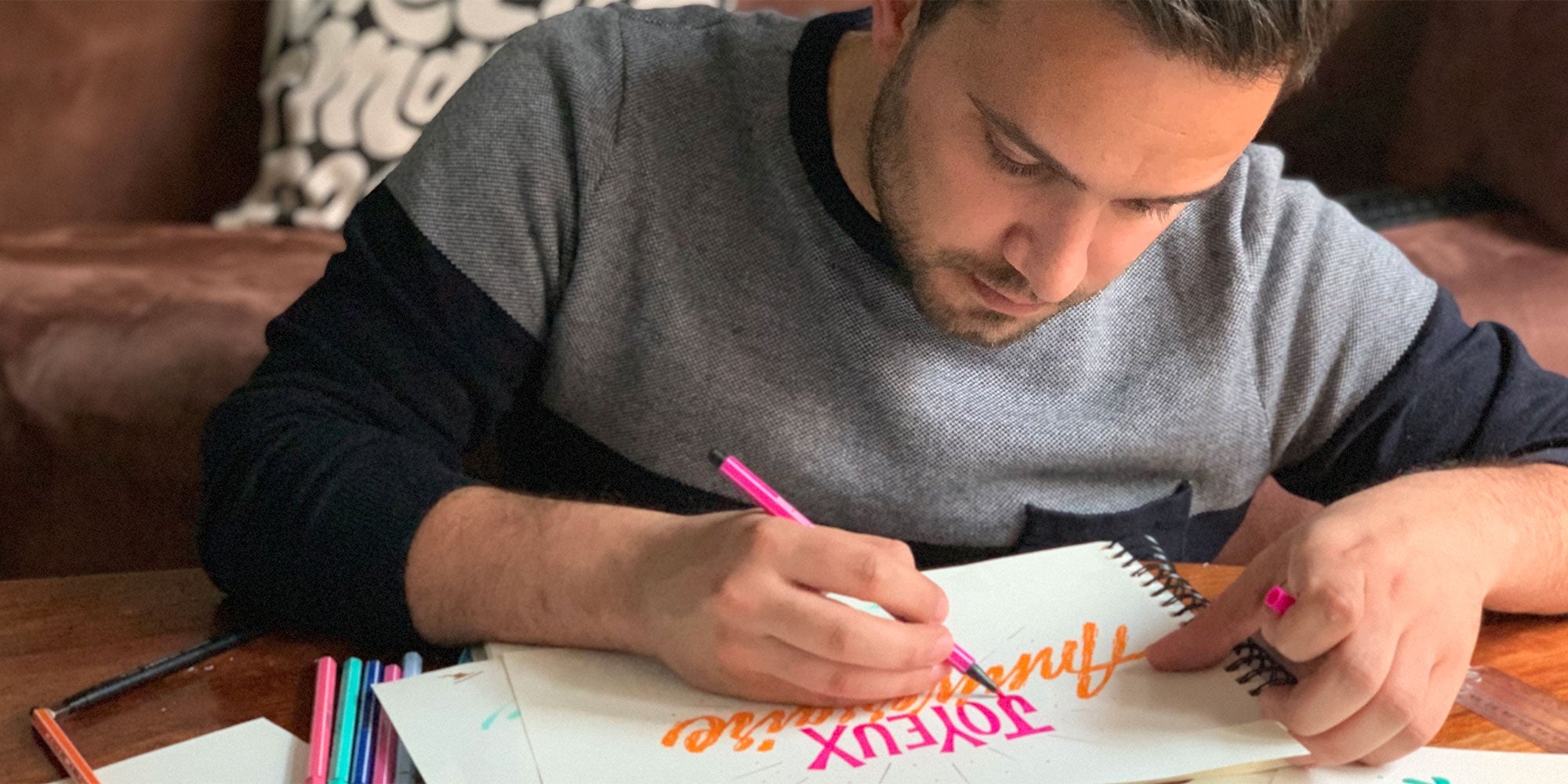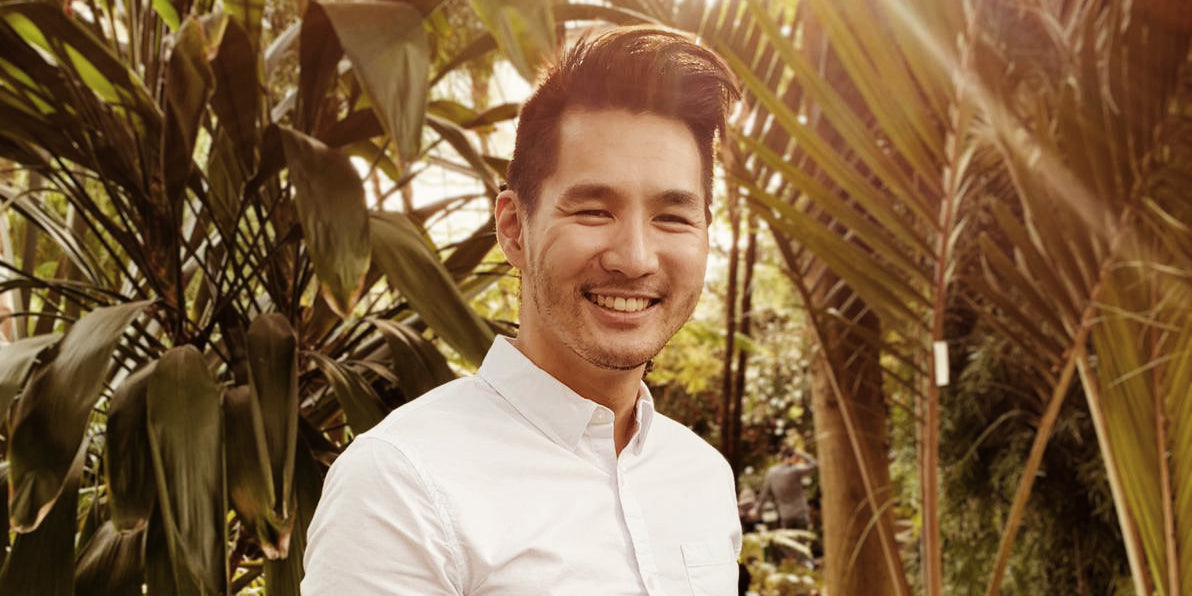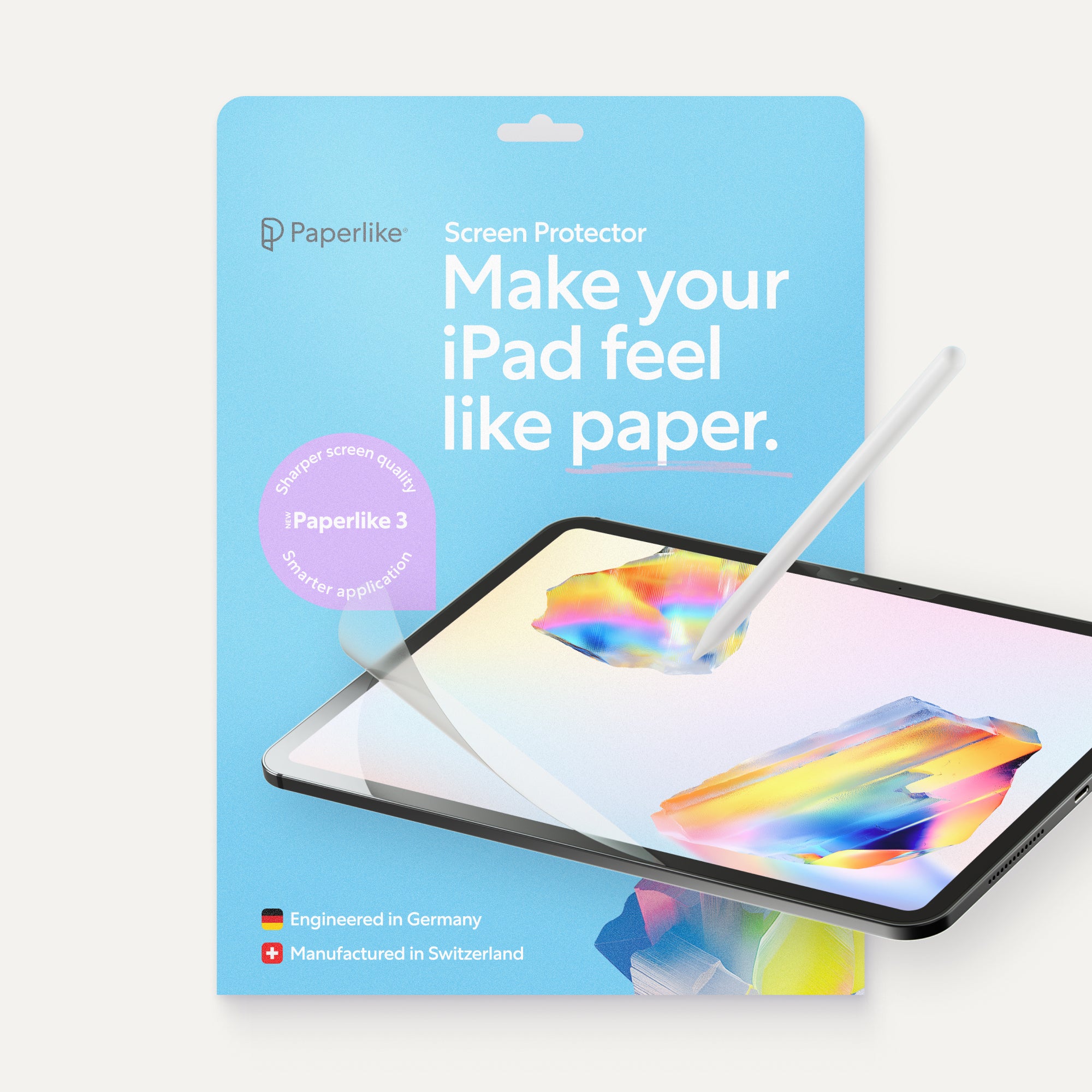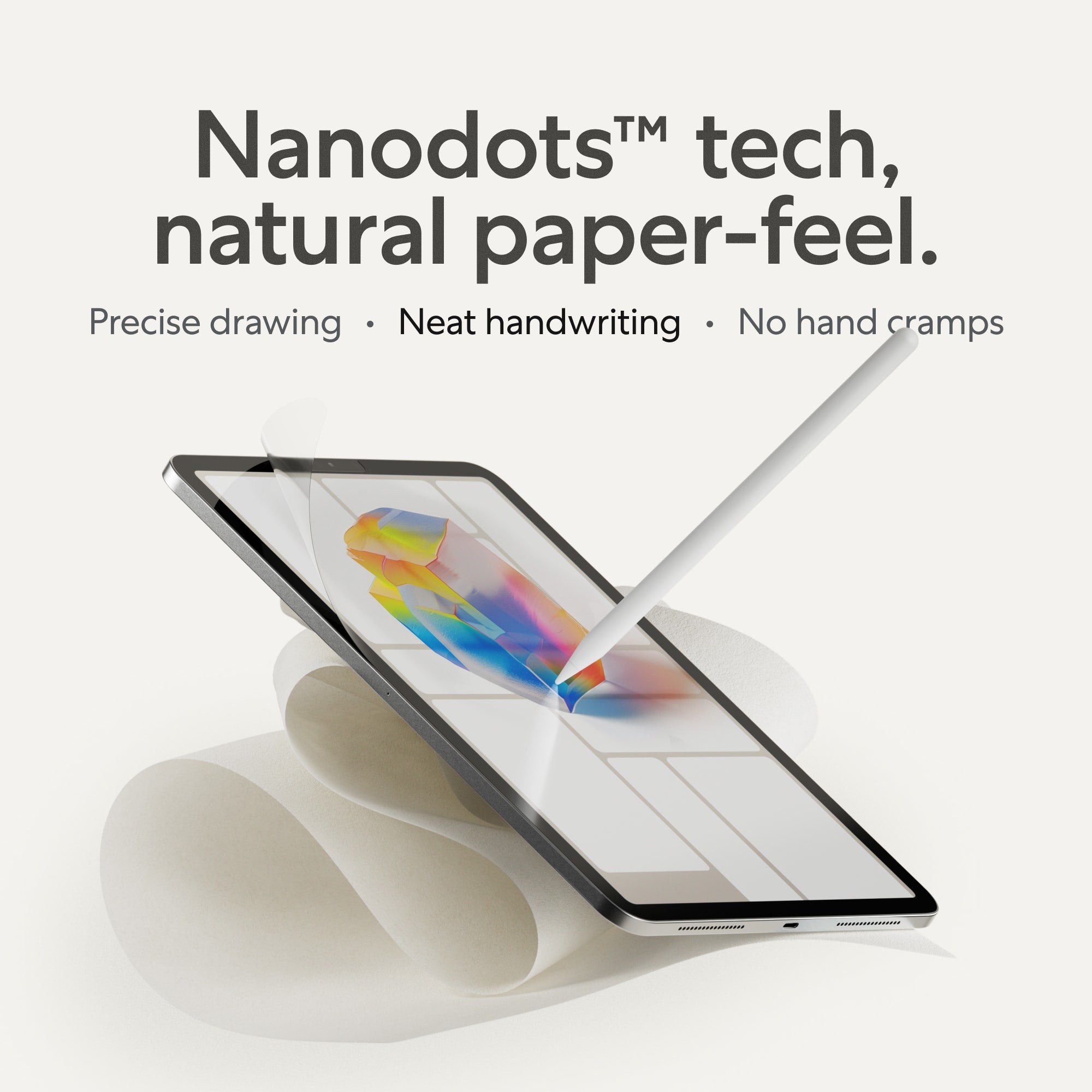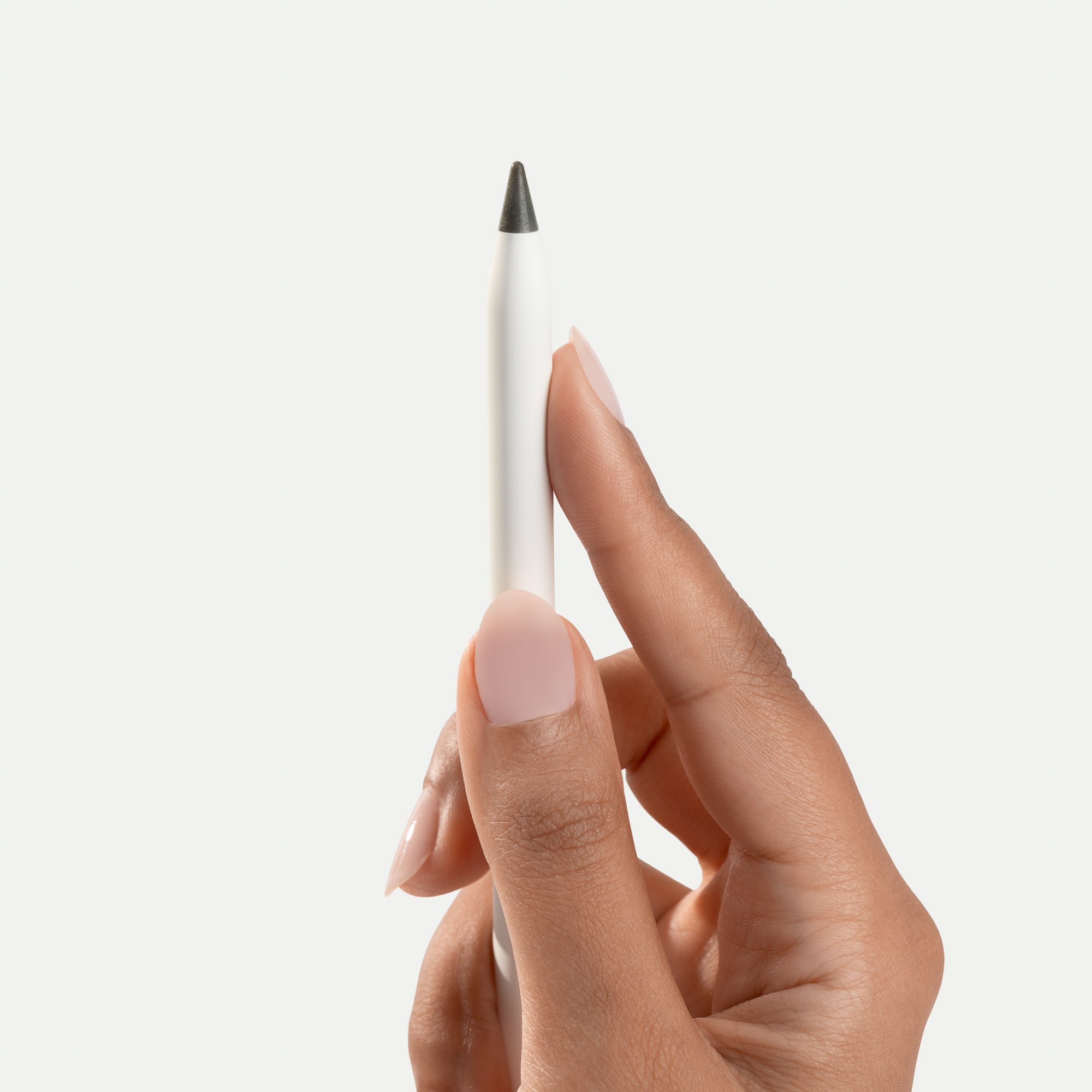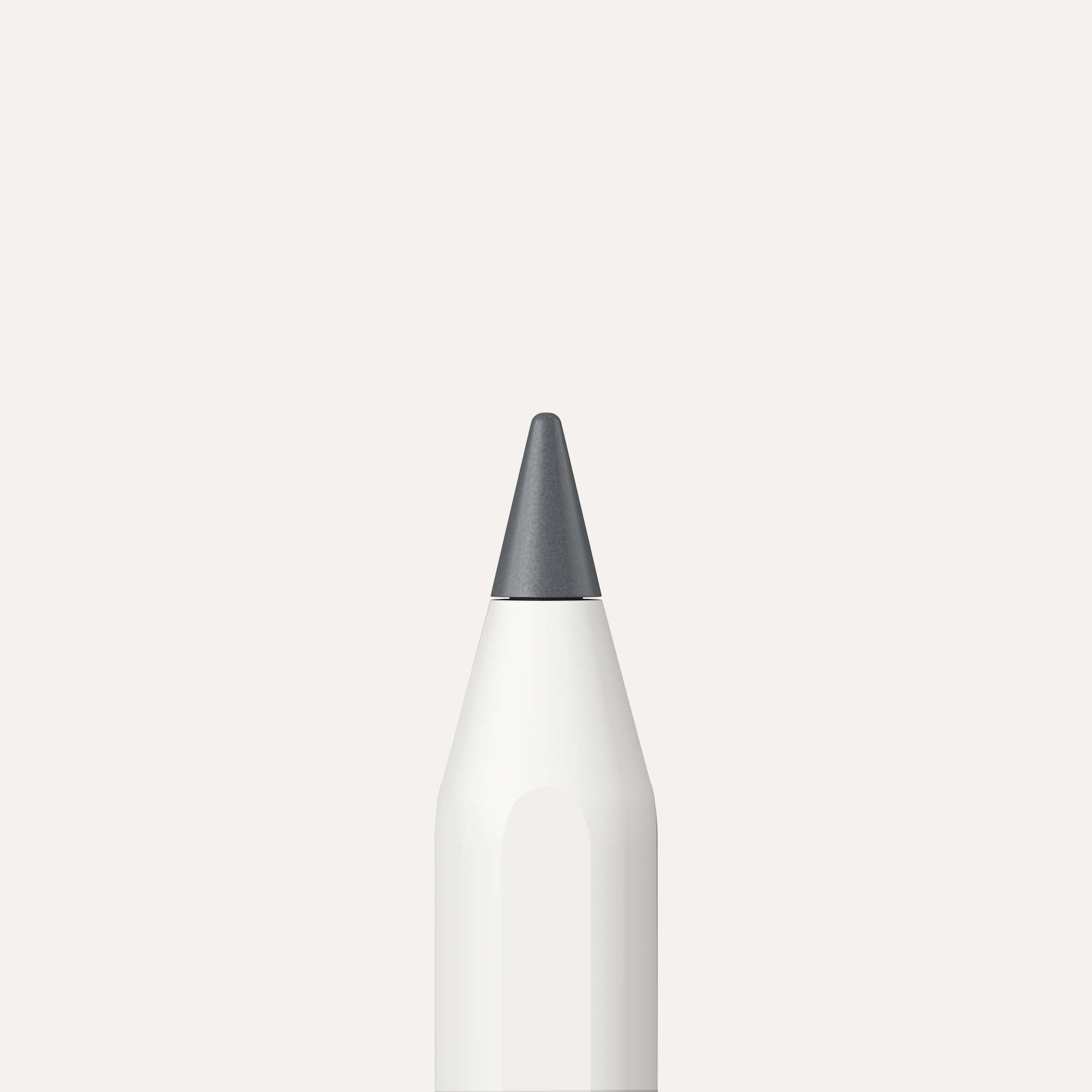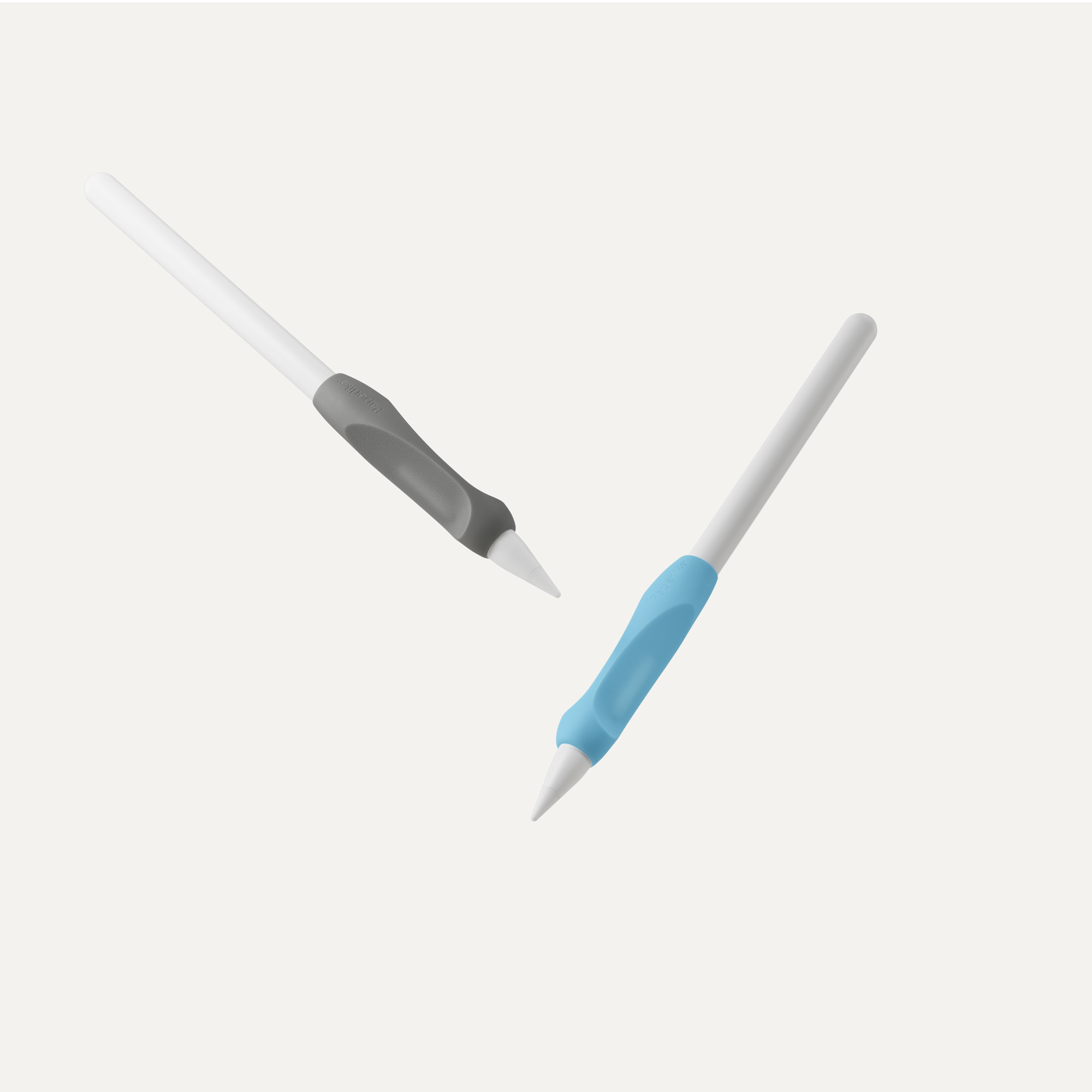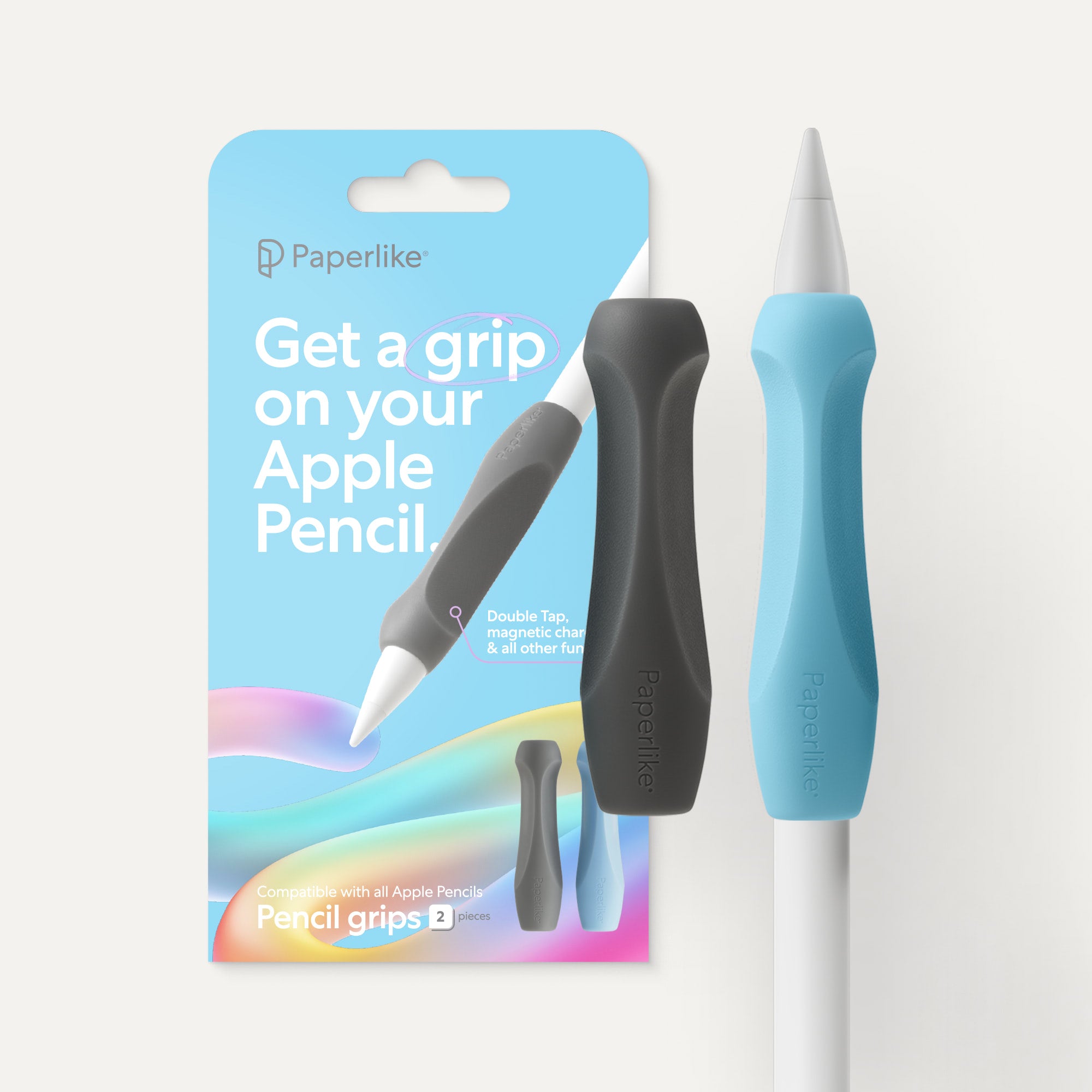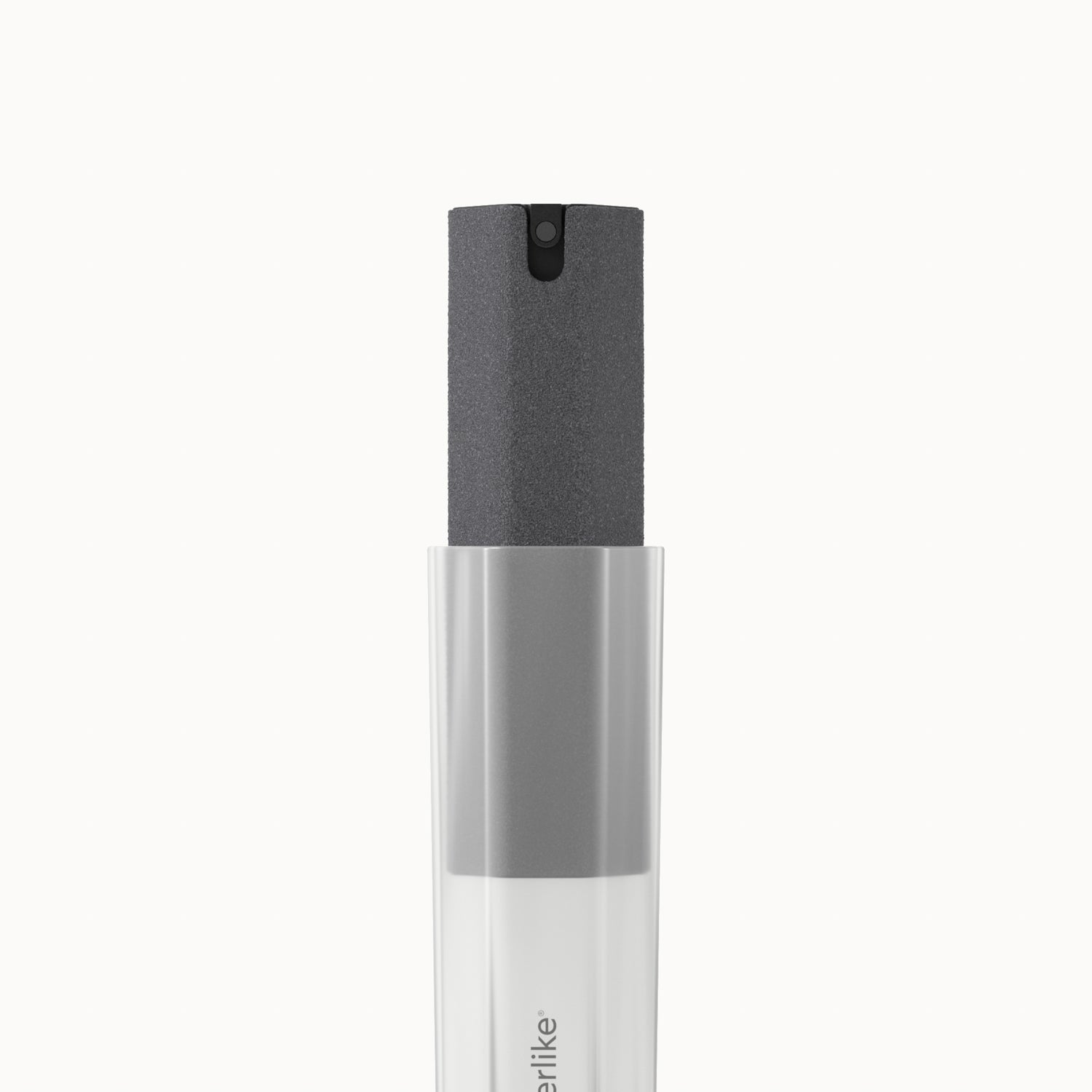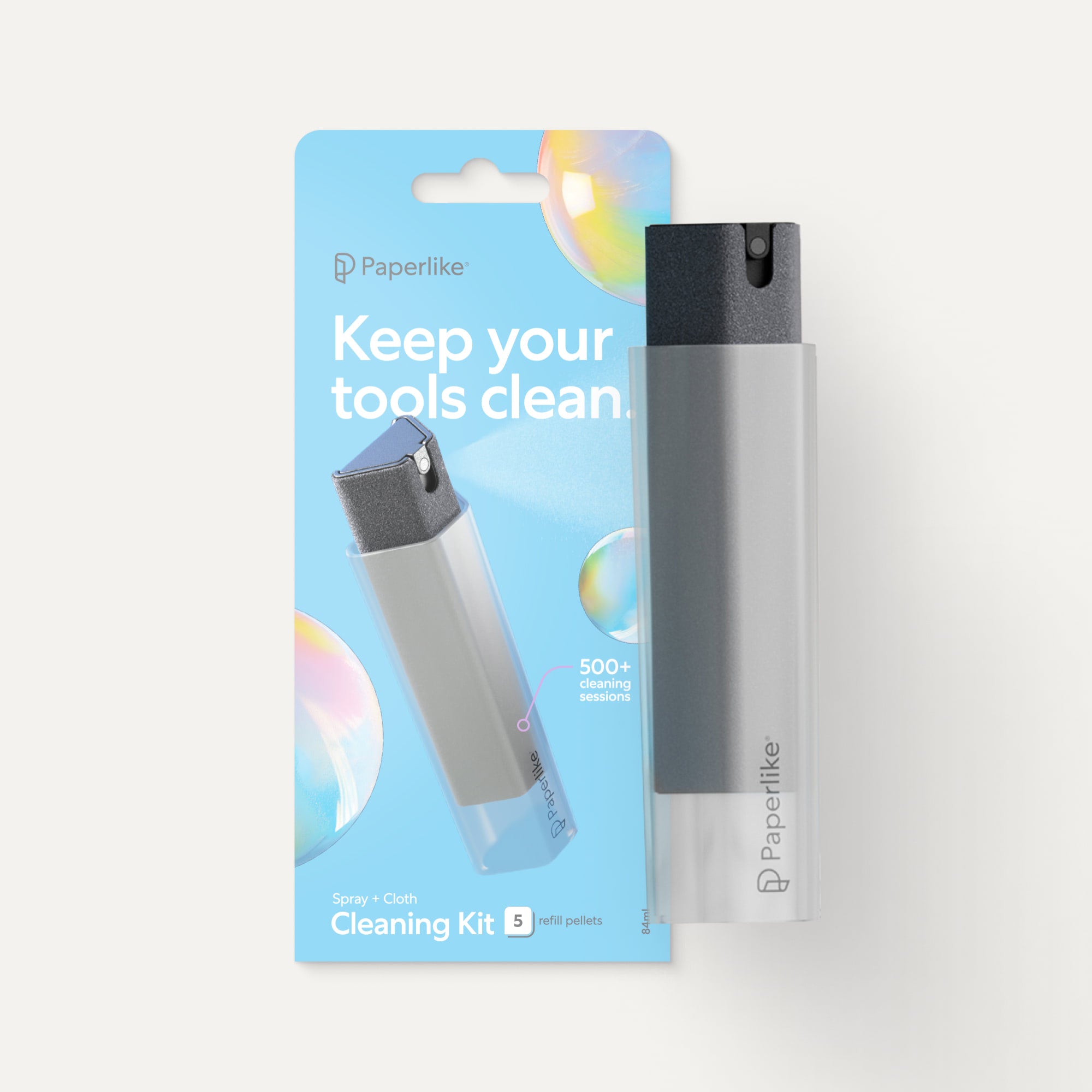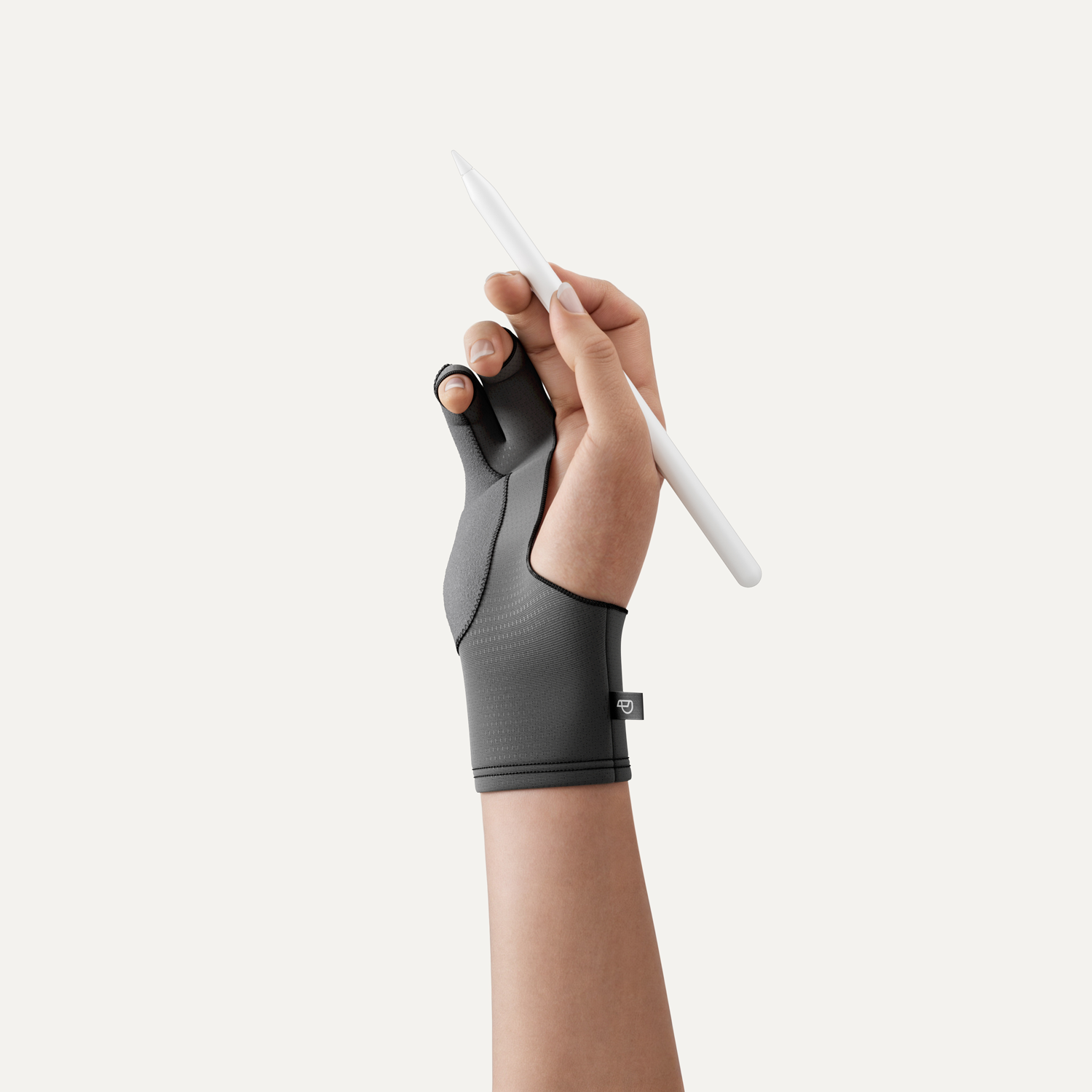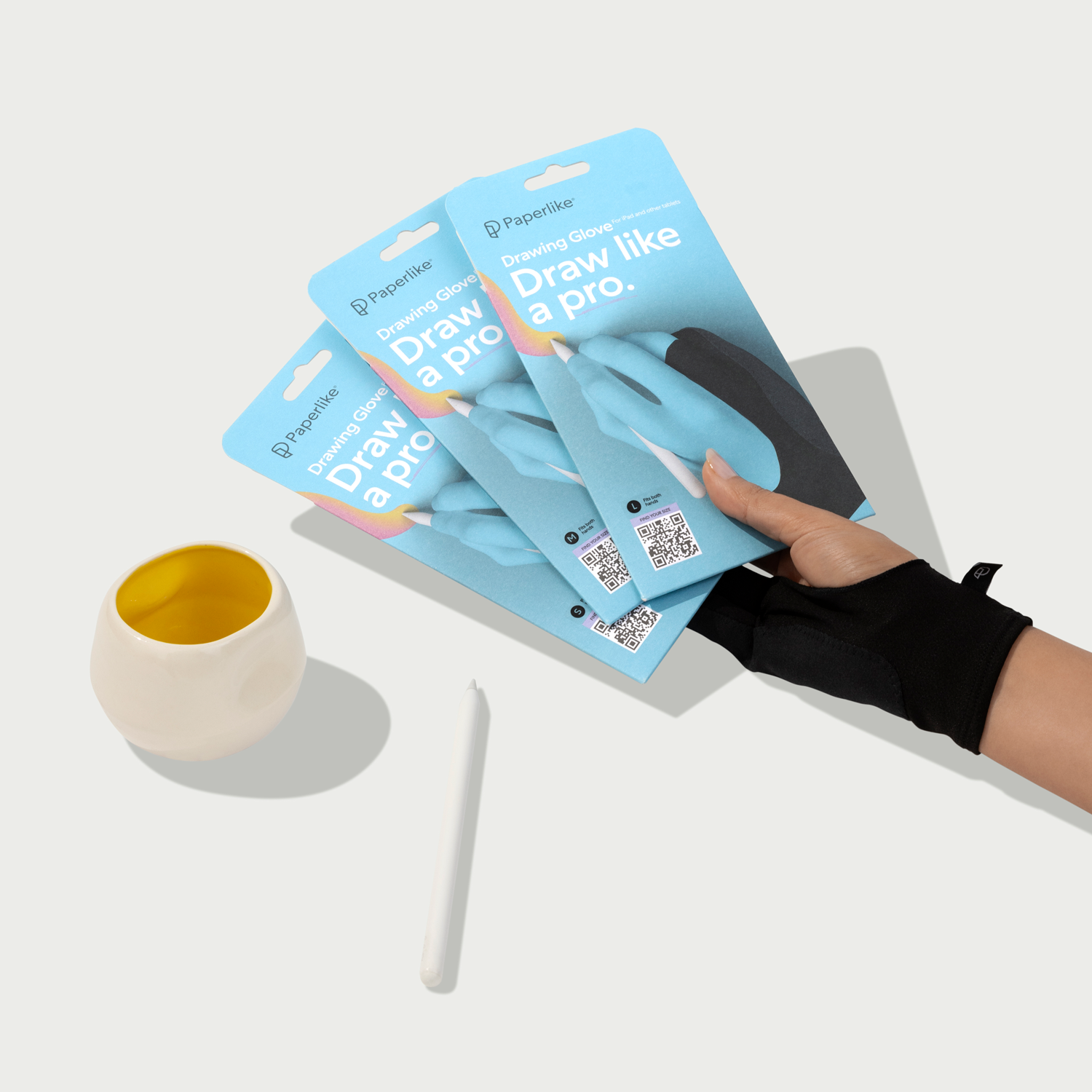For the first half of her life, Karin Newport believed that she was just wasn’t cut out for art. She loved collecting pens and stationery, but wasn’t good at drawing. And though her parents encouraged her to try out pottery and other crafts, the end products were nothing to write home about.
But fast forward to today, and Karin is a bona fide artist who specializes in digital brush calligraphy. She now creates and sells custom digital brush sets and practice sheets, plus she runs online courses for digital artists. On Instagram alone, she’s attracted a massive 284,000 fans who follow her craft and reach out for advice.

This is the story of how Karin discovered her love for art and technology, and learned how to balance both, and went on to build a sustainable creative side business.
Born gifted? Not quite.
In her own words, Karin says that she was “useless” at art when she was a child. She liked drawing and painting, but she just wasn’t any good at it.
In fact, Karin recalls feeling intimidated whenever there was any sort of creative project at school “My friends produced all these beautiful paintings,” she told me, “and they got really good grades, but I was so bad at painting, my teacher actually used my work as an example of what not to do.”

So at the age of ten, Karin came to the realization that art just wasn’t for her, and she gave up on being a creative. Instead, she threw herself into more analytical subjects, including math and geometry. “I liked subjects which had formulas because I could just apply those formulas and get the results. Those subjects were easy to me.”
Taking solace in the technical realm
Karin went to University of St.Gallen in Switzerland, where she got a Masters Degree in Information and Technology Development. When she graduated, she went to as a developer for for Oracle in Switzerland.
After a few years working as a developer, Karin chanced upon an article that said that programming jobs were going to be replaced by robots and artificial intelligence in the years to come. The same article also pointed out that creative roles weren’t something easily replaceable. That struck a chord with Karin.

Karin decided to try something new and she went back to school for graphic design. “I’ve always admired the work that graphic designers do,” says Karin. “Even as a developer, I started out doing front-end work, and I liked creating user interfaces and making them look beautiful.”
For 2 years, Karin worked during the day and went to school to study graphic design at night. She eventually earned her degree, and while she entertained the notion of jumping ship and becoming a designer, she simply felt too much pressure when it came to creative work. She went back to coding.
The third time’s a charm
It seems to be a common theme in all my conversations that the dreams and passions we try to leave alone eventually get our attention. So how did Karin eventually transition into working on her passion? As she shares, the turning point was when Apple launched the iPad Pro and Apple Pencil in 2015, and her husband bought both devices right off the bat.

Karin didn’t have high hopes for either product, but she gave them a try. The responsiveness and feel were like nothing she’d experienced before. She was hooked, and because the Apple Pencil was in short supply at the time, she immediately ordered her own.
As Karin talks about her early days of lettering, the excitement in her voice is evident. “This was the first time I felt like, hey, maybe I can do this after all,” says Karin. “I’ve always liked organizing my notes neatly and making everything look good, so I guess that’s why lettering came easier to me than, say, painting or drawing.”

Bending the rules
If you take a closer look at Karin’s work, you’ll realize that her lettering pieces are highly fluid and dynamic. She’s a big fan of freestyling, and she doesn’t like traditional calligraphy where you have to be a lot more precise, and “hit the lines properly”. Instead, Karin leans towards modern calligraphy; although there are still rules involved here, she says, you can break these rules and still make beautiful art.

Tying this back to her childhood, Karin muses that the idea of attaining perfection probably affected the way she looked at art and related to art. “Growing up in Switzerland, everything is very neat and tidy, and you just do things in a certain way. I mean, you can see how Swiss design is very specific and rule-based… and I guess that’s why I struggled with art and all things creative as a child. It just wasn’t me.”
Passive art income? Is that even possible?
As all digital artists do, Karin started posting about her lettering on Instagram and engaging with the community. She didn’t have any plans to start a creative business or really make anything out of her art. She just loved doing it. But a short while later people began asking her about the custom brushes she used to make her art.
So she settled on creating a set of Procreate brushes, and linked to the first set in her Instagram profile. She offered it up for free, thinking she’d get a few downloads.

Things snowballed quickly after that. Karin wanted to share the other brushes that she’d created for herself, but needed a way to distribute them. Luckily, Karin was a seasoned developer, so she threw up a website over the weekend and shared the brushes with her fanbase. When the brushes generated 100 downloads in just one week, Karin realized she might be onto something.
But making the brushes took time and hosting the website wasn’t free either, which meant she needed to start charging for the brushes. She remembers being worried that people would hate her if she put price tag on her work; she was also uncertain if anyone would buy it. But within two hours of sharing the new brushes on Instagram, she’d made her first sale.

That moment, as Karin says, was surreal, and inspired her to keep it going.
At about the same time, people also started to ask Karin for practice sheets, so that they could learn to do what she was doing. (For the uninitiated, these are sheets of paper where people can trace letters and practice their lettering).
Her initial reaction was to brush the requests aside. “I thought, well, I'm not really good at lettering,” Karin told me, “so I really don't think I should be making these sheets”. But people kept asking for them. In fact, as Karin shared with a laugh, they practically “bullied” her into making those sheets.
Once Karin put her practice sheets up for download, the response was nothing short of phenomenal. People loved them!

Nowadays, Karin doesn’t only sell brushes and practice sheets, she also runs courses with her friend and fellow artist, Amanda Arneill.
It all started when Karin was keen to create her own course, but had no idea how to start. She approached Amanda, whom she knew had been running courses for some time, and pitched her an idea about a watercolor course. Karin was careful to state that there was no pressure, and that she wouldn’t be offended if Amanda didn’t like the idea.
Amanda replied the very next day: “That’s a great idea! When can you come and film this course with me?”
Karin and Amanda have now created two courses together–iPad bootcamp, which is targeted at newbies who want to learn about how to use their iPad and Apple Pencil, and iPad Watercolor Wonders, an intermediate-level course which teaches participants how to create realistic watercolor lettering and art on their iPads.
As I’m sure many of us would, Karin has always wanted to create a source of passive income. “If you look at the definition of passive income, in the strictest sense, what I’m doing now probably doesn’t count,” she acknowledges, “but I’ve always been interested in the idea of creating a product that has leverage. Basically, I wanted to create a product that I could develop once and continue selling for years down the road.”
Karin continues, “as a developer, there's only so many hours in the day that I can bill for, and while I can charge a higher hourly rate, there's only so much I can increase my rate by. Right? There’s a ceiling that you hit at some point in time. But when you create a digital product and start selling that, you’re not limited by this ceiling.”
The balance of two passions
For many artists and creators, the goal is to grow their craft to the point where they can quit their full-time job and focus on their art, but that’s not the case for Karin.
While Karin loves her art, she also enjoys her work as a software developer. After personally hiring 30 team members, all of whom she says are amazing, talented folks, Karin feels like she couldn’t possibly quit her job.
Karin also notes that engaging in lettering as a “side gig” helps keep stress-levels low. While she used to take on commissioned graphic design projects, she eventually stopped because of the pressure it brought on. Now, she says that she’s happy to do lettering on the side (instead of full-time!) because there’s no pressure associated with it, and she’s doing it for pure joy.

“At the end of the day, my job pays my bills and my mortgage, so I don’t have to worry about that,” Karin explains. “I look at my lettering as an added bonus; it’s what finances my ever-growing Nike shoe collection,” says Karin.


